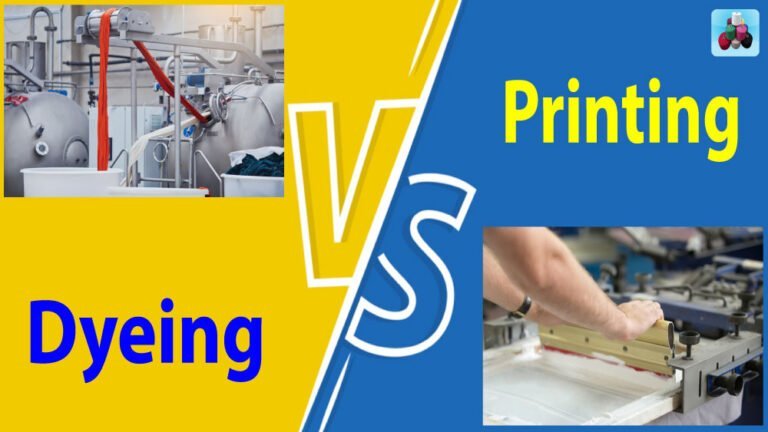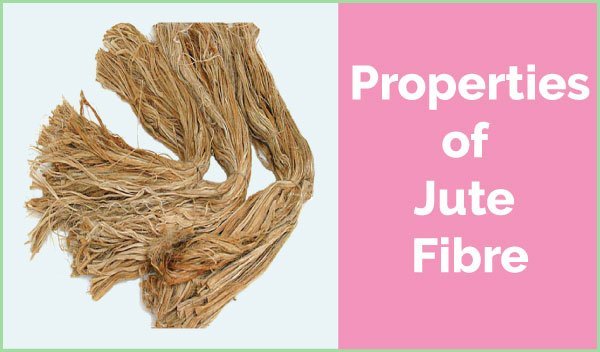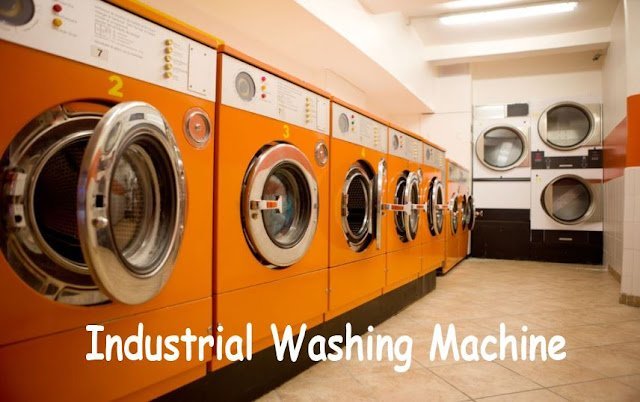What is Foam Finishing Technology: Advantages and Disadvantages
A wet processing technology which uses air in form of dispersion foam for the media of application is called foam finishing. The process consists of mechanically forming a suitable formulated finish or dye formulation and then applying the foam to textile fabrics. Collapse of the foam distributes the finish on the substrate. The fabric is[…]






